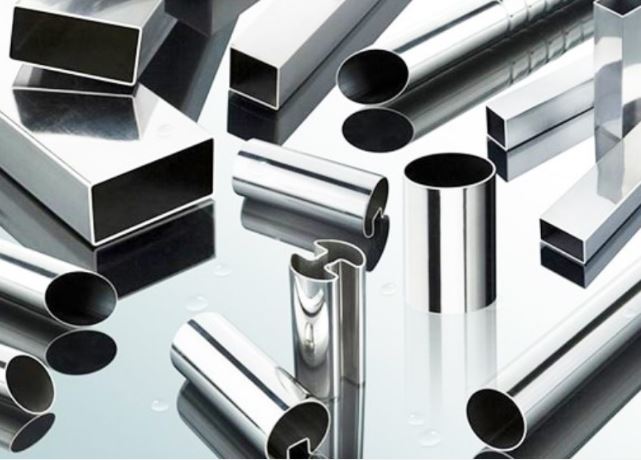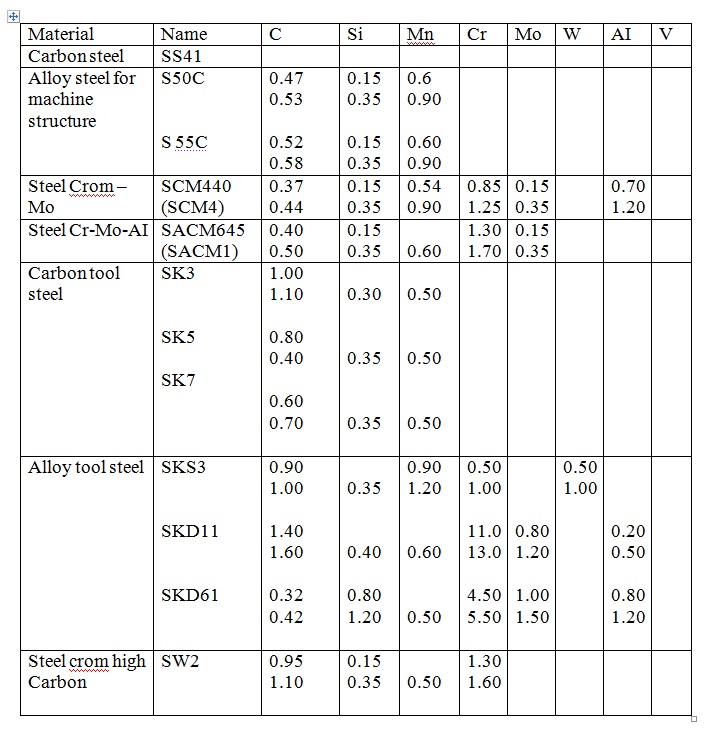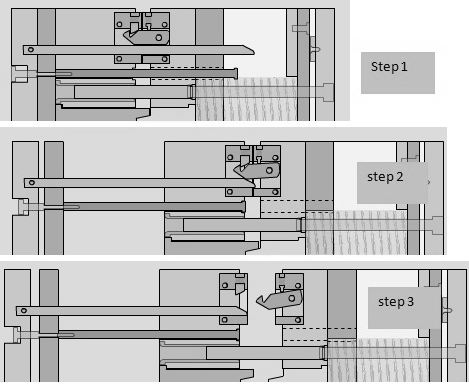I. 4 types of stainless steel
Currently, there are four types of stainless steel, also known as inox : Austenitic, Ferritic, Austenitic + Ferritic (Duplex), and Martensitic.
1 Austenitic:
This is the most common type of stainless steel. There are many different grades in this group, such as SUS 301, 304, 304L, 316, 316, 321, etc. Austenitic stainless steel contains a minimum of 7% Nickel, 16% Chromium, and a maximum of 0.08% carbon. With this composition, it exhibits high corrosion resistance over a wide temperature range, especially resistant to magnetism, and has good formability and weldability. It is commonly used in the production of household appliances, storage tanks, and industrial pipes.
2. Ferritic:
It has similar properties to soft steels but with higher corrosion resistance. Examples SUS 430, 410, 409, etc. The chemical composition of this type of stainless steel typically contains 12% to 17% Chromium. The 12% Cr grade is often used in architecture, while the 17% Cr grade is used in the manufacturing of household items, boilers, and washing machines.
3. Austenitic + Ferritic (Duplex):
It combines the properties of both austenitic and ferritic steels. It usually calls Duplex. Examples LDX 2101, SAF 2304, 2205, 253MA, etc. Duplex stainless steel contains less Nickel compared to austenitic grades. Its notable characteristics include high strength and good ductility. It is widely used in the oil refining industry, paper production, etc. Currently, there is a growing trend in the market to replace traditional austenitic stainless steels like SUS 304, 304L, 316 with Duplex stainless steel.
4. Martensitic:
It contains approximately 11% to 13% Chromium. It has good strength, hardness, and moderate corrosion resistance. It is commonly used in the production of blades, turbine fan blades, etc.

II. How to identify stainless steel?
1. Chemical analysis:
This method provides accurate results but is expensive and time-consuming.
2. Magnetic or non-magnetic properties:
Stainless steel can be differentiated based on its response to magnetism. Austenitic stainless steels theoretically should not be magnetic, but they can become strongly magnetized when heavily deformed during cold working, transforming from austenitic to martensitic (which is magnetic). Therefore, using a magnet to differentiate stainless steel with codes starting with 2 or 3 (austenitic grades) can be challenging and may lead to confusion.
3. Spark testing:
This is a quick and effective method commonly used in production workshops. However, it requires keen observation and the experience of skilled workers.
a. Inox with codes starting with 4: Due to the chemical composition, which contains a higher amount of Chromium and little to no Nickel, grinding this type of stainless steel produces sparks with a dull orange color, and at the end of the sparks, they bloom into a sparkler. It exhibits stronger magnetism compared to grades starting with 2 or 3.
b. Inox with codes starting with 2: These grades contain Manganese instead of Nickel, resulting in a slightly harder feel when bending compared to grades starting with 3. When grinding on a grinding wheel, the sparks appear bright orange, and the sparklers have more branches compared to grade 3.
c. Inox with codes starting with 3: When grinding this group, the sparks have a yellowish-orange color, fewer sparkler branches, and there are intermittent bright spots along the sparks.




Leave a Reply